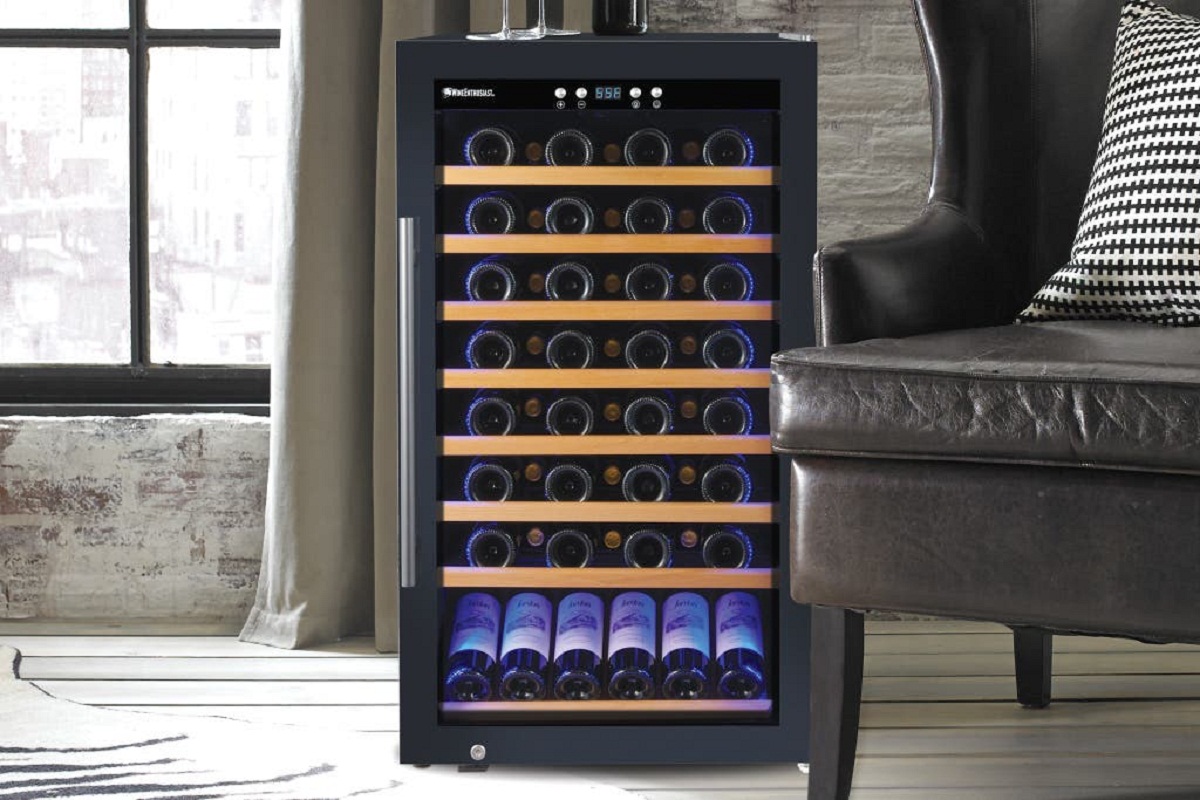

Articles
How To Store Wine In Wine Fridge
Modified: March 21, 2024
Learn how to properly store wine in a wine fridge with these helpful articles. Keep your bottles at the perfect temperature and preserve their quality for longer.
(Many of the links in this article redirect to a specific reviewed product. Your purchase of these products through affiliate links helps to generate commission for Storables.com, at no extra cost. Learn more)
Introduction
Welcome wine enthusiasts! If you’re passionate about wine and love to collect different varieties, then you know how important it is to store them properly. Whether you’re a novice wine collector or a seasoned connoisseur, investing in a wine fridge can greatly enhance your wine storage capabilities.
A wine fridge, also known as a wine cooler or wine refrigerator, is specifically designed to provide the ideal storage conditions for your precious bottles of wine. While a regular refrigerator may seem like a convenient option, it doesn’t offer the necessary temperature, humidity, and vibration control needed to preserve the quality of your wine over an extended period of time. A wine fridge, on the other hand, creates the perfect environment to store and age your wines, allowing them to develop and mature gracefully.
In this comprehensive guide, we will take you through everything you need to know about storing wine in a wine fridge. From understanding the basics of wine storage to choosing the right wine fridge for your needs, we’ll cover it all. We’ll delve into the importance of temperature and humidity control, as well as how to properly organize and store different types of wine. Additionally, we’ll highlight common mistakes to avoid and share tips for maintaining and cleaning your wine fridge.
So, grab your corkscrew and a glass of your favorite vintage as we embark on this journey to discover the art of storing wine in a wine fridge. By the end of this guide, you’ll have all the knowledge you need to ensure your wines are stored in optimal conditions, allowing you to savor every sip with confidence.
Key Takeaways:
- Proper wine storage in a wine fridge involves maintaining temperature, humidity, and organization to preserve the flavor and quality of your collection. Understanding the unique needs of different wine types is essential for optimal storage.
- Regular maintenance, cleaning, and troubleshooting are crucial for ensuring your wine fridge functions optimally, providing a safe and reliable environment for your cherished wine collection. Avoiding common storage mistakes is key to preserving the integrity of your wines.
Read more: How To Store Wine Without A Wine Fridge
Understanding the Basics of Wine Storage
Before we dive into the specifics of storing wine in a wine fridge, it’s essential to understand the basic principles that govern wine storage. Proper storage conditions play a crucial role in preserving the integrity and flavor profile of your wine.
Temperature: Wine is extremely sensitive to temperature fluctuations. It’s important to keep your wine at a constant temperature between 45°F (7°C) and 65°F (18°C). Fluctuations in temperature can cause the wine to expand and contract, potentially damaging the cork and allowing air to enter the bottle, leading to oxidation.
Humidity: Wine requires a certain level of humidity to prevent the cork from drying out. Aim for a humidity level between 50% and 80%. Higher humidity levels can lead to mold growth, while lower levels can cause the cork to dry out, leading to potential leakage and oxidation.
Light: Exposure to UV light can be detrimental to wine, causing it to age prematurely and develop “off” flavors. It’s best to store your wine in a dark area or use a wine fridge with solid doors or UV-protected glass.
Vibration: Consistent vibration can disturb the sediments in the bottle, affecting the aging process. Avoid placing your wine fridge near appliances or areas with excessive vibration.
Horizontal vs. Vertical Storage: For wines sealed with a cork, storing bottles horizontally helps keep the cork moist, preventing it from drying out and allowing air to enter the bottle. However, for wines with alternative closures like screw caps or synthetic corks, vertical storage is acceptable.
Location: Choose a location for your wine fridge that is away from direct sunlight, heat sources, and areas with significant temperature fluctuations, such as the kitchen or garage.
Now that you have a good understanding of the basic principles of wine storage, let’s move on to the next step: choosing the right wine fridge for your needs.
Choosing the Right Wine Fridge
When it comes to selecting the right wine fridge, there are a few key factors to consider. The market offers a wide range of options, so it’s important to choose one that suits your specific needs and budget.
Capacity: Determine how many bottles you plan to store. Wine fridges come in various sizes, ranging from small countertop units that hold 6-12 bottles to large freestanding or built-in units that can accommodate hundreds of bottles. Consider your current collection and any potential future growth.
Single Zone vs. Dual Zone: Wine fridges are available in two types: single zone and dual zone. Single zone wine fridges have a consistent temperature throughout, which is suitable for storing one type of wine at a time. Dual zone wine fridges have separate compartments with independent temperature controls, allowing you to store different types of wine at their ideal temperatures.
Temperature Range: Check the temperature range offered by the wine fridge. Ensure it can be set within the recommended range of 45°F (7°C) to 65°F (18°C). Some high-end wine fridges even offer more precise temperature control.
Size and Design: Consider the available space in your home and the aesthetic appeal you desire. Wine fridges come in various sizes and designs, including freestanding, built-in, under-counter, and countertop models. Choose one that fits seamlessly into your existing décor.
Noise Level: Evaluate the noise level of the wine fridge, especially if you plan to place it in a living area or near your bedroom. Look for models with low noise levels or features like thermoelectric cooling, which tends to be quieter compared to compressors.
Features: Consider additional features such as UV-protected glass doors, interior lighting, adjustable shelves, humidity control, and digital temperature displays. These features can enhance the functionality and convenience of your wine fridge.
Price: Set a budget for your wine fridge and explore options within that range. While there are affordable options available, keep in mind that higher-priced wine fridges often offer more advanced features and better temperature control.
Research and read reviews from reputable sources to ensure you make an informed decision. Additionally, consult with experts or wine enthusiasts who may have firsthand experience with different wine fridge models.
By taking these factors into consideration, you’ll be well on your way to finding the perfect wine fridge that meets your storage needs and complements your wine collection. In the next section, we’ll delve into the importance of temperature and humidity control in wine storage.
Temperature and Humidity Control
Temperature and humidity control are key elements in wine storage. Maintaining the right conditions ensures that your wines age properly and retain their flavor and aroma. Let’s explore the importance of temperature and humidity control in more detail:
Temperature Control: As mentioned earlier, wine is highly sensitive to temperature fluctuations. It’s crucial to keep your wine fridge at a consistent temperature between 45°F (7°C) and 65°F (18°C). Temperatures above 65°F can accelerate the aging process, resulting in premature oxidation and loss of flavor. On the other hand, temperatures below 45°F can slow down the aging process and delay the development of desirable flavors and aromas.
Investing in a wine fridge with precise temperature control is essential. Look for a model that offers digital temperature displays and adjustable settings. This allows you to set and maintain the perfect temperature for your wines.
Humidity Control: Proper humidity levels are equally important in wine storage. Aim for a humidity range between 50% and 80%. Too much humidity can lead to mold growth and damage the labels on your wine bottles. High humidity levels can also cause the corks to become saturated, leading to wine leakage. Conversely, low humidity levels can dry out the corks, resulting in air exposure and oxidation.
Most wine fridges have built-in humidity control mechanisms, such as water trays or evaporation systems. These help regulate the humidity and prevent it from becoming too high or too low. It’s important to regularly monitor the humidity levels in your wine fridge and make adjustments as needed.
Monitoring and Maintaining Optimal Conditions: To ensure that your wine fridge is operating at the desired temperature and humidity levels, it’s essential to regularly check and monitor these parameters. Utilize a digital thermometer and hygrometer to accurately measure the temperature and humidity inside the fridge.
In addition to monitoring, proper maintenance plays a crucial role in temperature and humidity control. Keep the cooling coils and ventilation system clean to facilitate proper airflow. Regularly check the door seals to ensure they are providing a tight seal, as any leakage can impact temperature stability. Avoid opening the door unnecessarily or for extended periods, as this can introduce warm air and disrupt the internal environment.
By actively monitoring and maintaining the temperature and humidity in your wine fridge, you can create the optimal conditions for your wines to age gracefully and develop their full flavor potential.
In the next section, we’ll discuss the importance of properly organizing your wine fridge to maximize space and accessibility.
Properly Organizing Your Wine Fridge
Organizing your wine fridge effectively is essential for easy accessibility, proper air circulation, and maintaining the overall quality of your wine collection. Here are some tips to help you properly organize your wine fridge:
Categorize by Wine Type: Group your wines by type, such as reds, whites, rosés, and sparkling wines. This makes it easier to locate specific bottles and ensures that wines with similar storage requirements are kept together.
Temperature Zones: If you have a dual-zone wine fridge, assign each zone to different types of wine. Use one zone for red wines, which are typically stored at slightly warmer temperatures, and the other zone for white wines, which are stored at cooler temperatures. This allows you to maintain the appropriate temperature range for each type of wine.
Utilize Shelves and Racks: Adjust the shelves or utilize wine racks within the fridge to maximize space and accommodate different bottle sizes. Group bottles of similar size on the same shelf, ensuring that they are laid horizontally for wines sealed with corks.
Organize by Age and Vintage: For collectors who age their wines, organize them based on their aging potential. Place younger wines towards the front, making them easily accessible for consumption. Meanwhile, reserve the back of the fridge for older vintages that require longer aging.
Consider Storage Containers: If you have a large wine fridge or a diverse wine collection, consider investing in storage containers or crates. These can help keep your wines organized and create additional layers for efficient storage.
Labeling: Labeling your wine bottles or using wine tags can make it easier to identify each bottle without having to disturb the organization in the fridge. Include key information such as the wine’s name, vintage, and other important details.
Air Circulation: Avoid overcrowding the fridge, as proper air circulation is important for maintaining consistent temperature and humidity. Leave enough space between bottles to allow air to flow around them, preventing hot spots or cold pockets from forming.
Rotation System: If you have a larger collection or purchases wines regularly, consider implementing a rotation system. This involves moving older bottles to the front for easier access and ensures that wines are consumed in a timely manner, without letting them sit for too long.
Regular Inventory Check: Periodically review your collection to take note of wines that may need to be consumed sooner or require special attention. This helps prevent any forgotten bottles and allows you to plan your wine consumption according to their ideal drinking windows.
Proper organization not only makes it easier to find and retrieve specific bottles, but it also helps maintain the quality and longevity of your wines. By following these tips, you can optimize the space in your wine fridge and create a well-organized and efficient storage system for your cherished wine collection.
Next, we’ll explore how to properly store different types of wines in your wine fridge.
Store wine in a wine fridge at a consistent temperature between 45-65°F to maintain its quality. Keep bottles on their sides to keep the corks moist and prevent oxidation. Avoid storing wine in a regular refrigerator, as the temperature is too cold for long-term storage.
Read more: How To Store A Fridge
Storing Different Types of Wine
When it comes to storing different types of wine in your wine fridge, it’s important to consider their unique characteristics and optimal storage conditions. Here are some guidelines for storing the most common types of wine:
Red Wines: Most red wines benefit from being stored at a slightly warmer temperature compared to white wines. Aim to store red wines between 55°F (13°C) and 65°F (18°C). However, if you plan to consume the red wine within a few years, you can store it at a slightly cooler temperature. Remember to store red wines horizontally to keep the corks moist and prevent oxidation.
White Wines: White wines are generally more delicate and should be stored at cooler temperatures between 45°F (7°C) and 55°F (13°C). This ensures that their freshness and vibrant flavors are preserved. If you prefer your white wines chilled, you can always cool them further before serving. Again, store white wines horizontally to maintain the integrity of the cork.
Rosé Wines: Rosé wines share characteristics of both red and white wines, so the ideal storage temperature falls somewhere in between. Aim for a temperature range of 50°F (10°C) to 55°F (13°C) for rosé wines. Store them similarly to white wines, either horizontally or vertically, depending on the closure type.
Sparkling Wines: Sparkling wines, such as Champagne and Prosecco, require special attention when it comes to storage. They are more sensitive to temperature fluctuations and should be stored at a cooler temperature of around 45°F (7°C). Keeping the temperature consistent is crucial, as excessive heat or cold can cause the carbonation to expand or contract, potentially damaging the bottle. Store sparkling wines horizontally to keep the cork moist and prevent any air from entering the bottle.
Fortified Wines: Fortified wines, such as Port or Sherry, have higher alcohol content and are more stable in terms of storage. They can tolerate slightly higher temperatures, ranging from 55°F (13°C) to 65°F (18°C). However, it’s still important to store them in a temperature-controlled environment to ensure their longevity and quality.
Dessert Wines: Dessert wines, known for their sweetness and richness, can be stored similarly to fortified wines. Keep them in a temperature range of 55°F (13°C) to 65°F (18°C) to maintain their flavors and prevent premature aging.
Remember, these temperature guidelines are general recommendations, and specific wines may have their own unique storage requirements. It’s always best to consult the wine producer’s recommendations or seek advice from a knowledgeable wine professional for wines with specific aging recommendations.
In the next section, we’ll discuss common mistakes to avoid when storing wine in your wine fridge.
Avoiding Common Mistakes in Wine Storage
To ensure that your wine collection remains in optimal condition, it’s important to avoid common mistakes that can compromise the quality and longevity of your wines. Here are some key mistakes to avoid when storing wine in your wine fridge:
Excessive Temperature Fluctuations: Wine is highly sensitive to temperature fluctuations. Avoid placing your wine fridge in areas with direct sunlight or near appliances that emit heat, such as ovens or refrigerators. Additionally, refrain from frequently opening the fridge, as this can cause temperature fluctuations inside. Consistency is key when it comes to temperature control.
Improper Humidity Levels: As mentioned earlier, maintaining the right humidity level is crucial for wine storage. Avoid excessively high humidity, as it can lead to mold growth, or extremely low humidity, which can dry out the corks. Monitor and adjust the humidity levels in your wine fridge regularly to ensure they fall within the recommended range of 50% to 80%.
Storing Wine in Regular Refrigerators: Although it may seem convenient, storing wine in regular refrigerators is not ideal for long-term storage. Regular refrigerators are not specifically designed to provide the necessary temperature and humidity control that wine requires. The colder temperatures can also impact the aromas and flavors of the wine. Invest in a wine fridge specifically designed for wine storage.
Improper Bottle Placement: Ensure that wine bottles with natural corks are stored horizontally, allowing the wine to stay in contact with the cork. This helps keep the cork moist and prevents it from drying out. Storing bottles with synthetic corks or screw caps can be done vertically, if desired.
Poor Organization: Properly organizing your wine fridge is crucial for accessibility and maintaining the integrity of the collection. Avoid overcrowding the fridge, as this can restrict airflow and potentially create hot spots or cold pockets. Keep bottles well-spaced for proper air circulation, and organize them by type, vintage, or any other system that makes sense to you.
Ignoring Drinking Windows: Each wine has its own optimal drinking window – the period when it is at its best in terms of flavor and aroma. It’s important to be aware of these windows and plan your consumption accordingly. Avoid storing wines longer than their recommended drinking window, as they may deteriorate in quality.
Improper Cellaring of Aging Wines: If you plan to age wines for an extended period of time, consider investing in a proper cellar or wine storage unit. Long-term aging requires specific conditions, including the right temperature, humidity, and darkness. Wine fridges are generally suited for short to medium-term storage, so consult with experts or professionals for optimal long-term cellaring solutions.
By avoiding these common mistakes, you can ensure that your wine collection remains in optimal condition, allowing you to enjoy the full flavors and aromas of your favorite bottles. In the next section, we’ll discuss the importance of maintaining and cleaning your wine fridge.
Maintaining and Cleaning Your Wine Fridge
To keep your wine fridge functioning optimally and maintain a pristine environment for your wine collection, regular maintenance and cleaning are essential. Here are some important tips for maintaining and cleaning your wine fridge:
Regular Temperature Monitoring: Continuously monitor the temperature inside your wine fridge using a digital thermometer. Ensure that the temperature remains within the recommended range for storing your wines. If you notice any significant fluctuations, investigate and address the issue promptly to prevent potential damage to your collection.
Cleaning the Interior: It’s important to regularly clean the interior of your wine fridge to prevent the buildup of mold, odors, and bacteria. Start by removing all the bottles from the fridge. Then, using a mixture of mild dish soap and warm water, gently wipe down the interior surfaces, including shelves and racks. Avoid using harsh chemical cleaners, as they may leave residue or alter the taste of your wines. After cleaning, rinse the surfaces thoroughly with clean water and dry them completely before returning the bottles.
Shelf Maintenance: Remove the shelves and racks from the wine fridge for a more thorough cleaning. Wash them with mild soap and warm water, rinse thoroughly, and dry completely before placing them back inside the fridge. This helps remove any dust, debris, or residue that may have accumulated over time.
Inspecting Door Seals: Regularly inspect the door seals of your wine fridge to ensure they are free from any damage or wear. Damaged seals can lead to temperature fluctuations and compromise the efficiency of the fridge. Clean the seals with a damp cloth and mild soap, and wipe them dry. If you notice any significant damage or deterioration, it may be necessary to replace the seals to maintain an airtight environment.
Air Ventilation: The air vents on the wine fridge are essential for proper airflow and cooling. Regularly check these vents to make sure they are free from dust or debris. Use a soft brush or a vacuum cleaner with a brush attachment to gently remove any buildup. This helps ensure effective ventilation and prevents the cooling system from overworking.
Condenser Coil Cleaning: The condenser coils of your wine fridge are responsible for cooling the internal environment. Over time, dust and debris can accumulate on these coils, reducing their efficiency. To clean the condenser coils, unplug your wine fridge and access the coils at the back or underneath the unit. Use a brush or a vacuum cleaner with a brush attachment to carefully remove the buildup. Remember to plug the wine fridge back in after cleaning.
Regular Inspection: Periodically inspect the overall condition of your wine fridge, including the exterior, interior, and its components. Check for any signs of damage, leaks, or unusual noises. Address any issues promptly to prevent further damage and ensure the longevity of your wine fridge.
Following these maintenance and cleaning practices will help keep your wine fridge in optimal condition, providing a reliable and safe environment for your wine collection. By doing so, you can enjoy your wines to the fullest and preserve their flavor profiles for years to come.
In the next section, we’ll discuss some common troubleshooting tips and issues you may encounter with your wine fridge.
Troubleshooting and Common Issues
While wine fridges are designed to provide optimal storage conditions, occasional issues and troubleshooting may arise. Here are some common issues you may encounter with your wine fridge, along with troubleshooting tips:
Temperature Fluctuations: If you notice significant temperature fluctuations in your wine fridge, first check the thermostat settings. Ensure that the temperature is set within the recommended range for storing your wines. If the fluctuations persist, it could be a sign of a faulty thermostat or a problem with the cooling system. Contact the manufacturer or a professional technician to diagnose and resolve the issue.
Excessive Condensation: Excessive condensation inside the wine fridge can indicate high humidity levels or a faulty seal. Check the humidity controls and adjust them if necessary. Inspect the door seals for any damage or wear. If the problem persists, consider replacing the seals to create a tighter and more efficient seal.
Noise or Vibrations: Some noise and vibrations are normal in a wine fridge, especially when the compressor is running. However, if you notice unusual or excessive noise, it may indicate a problem. Inspect the wine fridge for any loose components or objects that may be causing the noise. Ensure that the wine fridge is level and stable, as uneven surfaces can contribute to vibrations. If the noise persists or is accompanied by other issues, consult with a professional technician for further assistance.
Uneven Temperature Distribution: If you notice temperature variations between different areas or zones in your wine fridge, it could indicate a problem with the air circulation. Verify that the vents are not blocked by bottles or debris, as this can disrupt airflow. Ensure that the wine fridge is not overloaded, as overcrowding can restrict proper air circulation. If the issue persists, it may be necessary to contact a professional technician to inspect and rectify the problem.
Electrical Malfunctions: In the event of a power outage or electrical malfunction, it’s important to take immediate action to protect your wine collection. Keep the wine fridge closed to retain cold temperatures as much as possible. Consider using ice packs or coolers to temporarily store your wines during the outage. When the power is restored, allow the wine fridge to stabilize for a few hours before returning the bottles.
If you encounter any other issues or problems with your wine fridge that you cannot resolve through basic troubleshooting, it is recommended to consult the manufacturer’s guide or contact their customer support team for assistance. They can provide specific troubleshooting steps or guide you in finding a solution.
By being proactive in identifying and addressing common issues with your wine fridge, you can ensure that your wine collection remains in a safe and optimal storage environment. In the final section, we’ll conclude our guide with some closing thoughts.
Read more: How To Store Wine
Conclusion
Congratulations! You now have a comprehensive understanding of how to store wine in a wine fridge. By following the guidelines outlined in this guide, you can ensure that your wines are stored in optimal conditions, preserving their flavor, aroma, and quality for years to come.
We explored the basics of wine storage, including the importance of temperature and humidity control. You learned how to choose the right wine fridge based on factors such as capacity, temperature zones, and features. Properly organizing your wine fridge ensures easy accessibility and maintains proper air circulation.
Additionally, we discussed the specific storage requirements for different types of wine, including reds, whites, rosés, sparkling wines, fortified wines, and dessert wines. By understanding these unique storage needs, you can maximize the enjoyment of each bottle.
We also highlighted common mistakes to avoid, such as excessive temperature fluctuations, improper humidity levels, and storing wine in regular refrigerators. By sidestepping these pitfalls, you can maintain the integrity of your wine collection.
Maintaining and cleaning your wine fridge is crucial for its longevity and the quality of your wines. By following the proper maintenance and cleaning practices discussed in this guide, you can ensure a pristine and well-functioning wine fridge.
Lastly, we provided troubleshooting tips for common issues you might encounter with your wine fridge. By being proactive in identifying and addressing these issues, you can prevent further damage and enjoy a seamless wine storage experience.
Remember, wine storage is an art, and the right conditions can elevate your wine-drinking experience. Whether you’re a casual wine enthusiast or a passionate collector, a wine fridge is an invaluable tool for preserving and aging your favorite bottles.
So, go ahead and raise a glass to the knowledge you’ve gained! With your newfound expertise, you can confidently store your wines in a wine fridge, savoring each sip and creating memorable moments with family and friends.
Cheers to a well-stocked and properly stored wine collection!
Frequently Asked Questions about How To Store Wine In Wine Fridge
Was this page helpful?
At Storables.com, we guarantee accurate and reliable information. Our content, validated by Expert Board Contributors, is crafted following stringent Editorial Policies. We're committed to providing you with well-researched, expert-backed insights for all your informational needs.
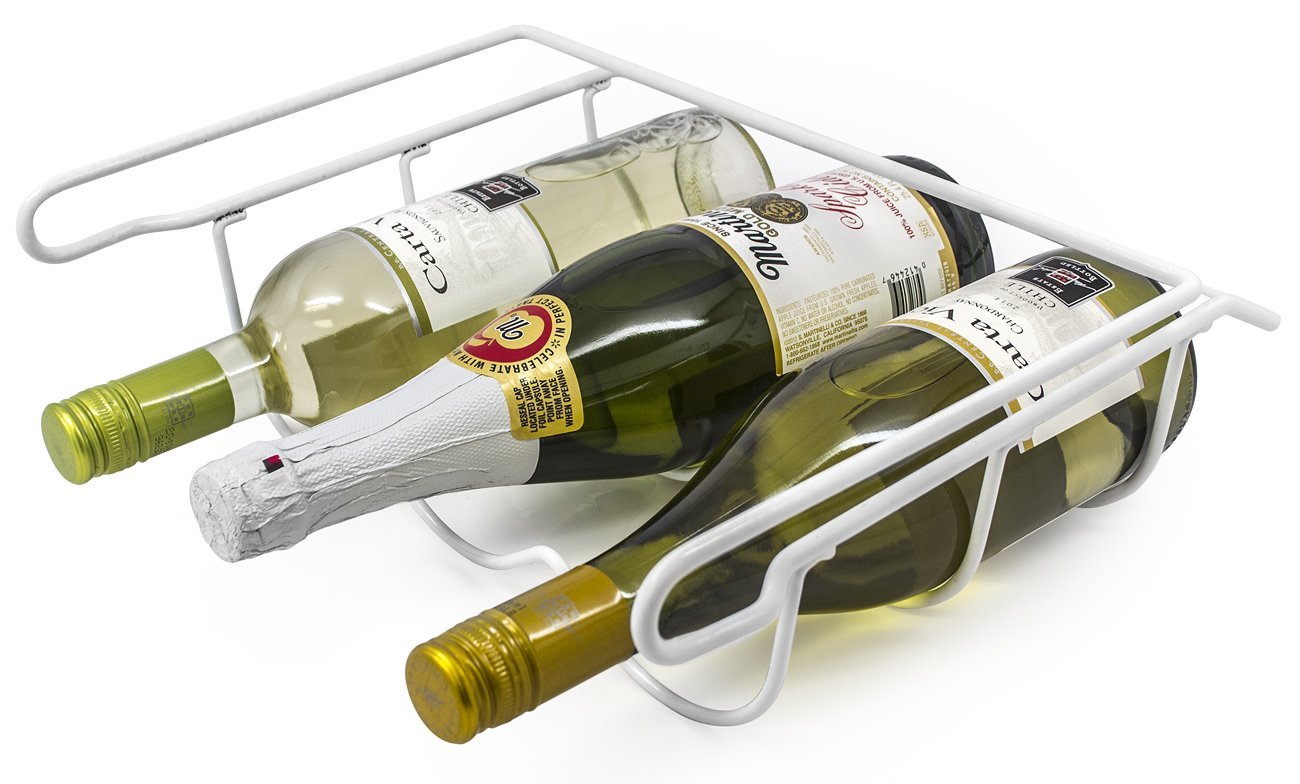
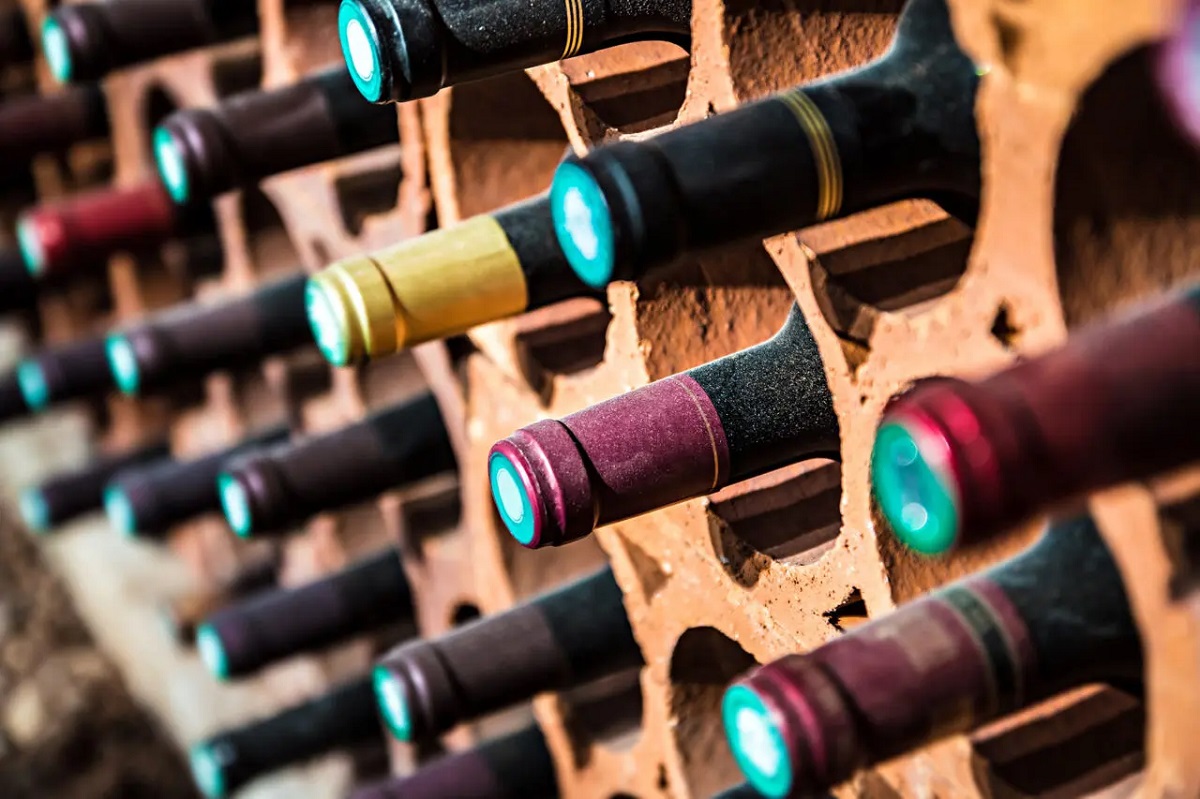
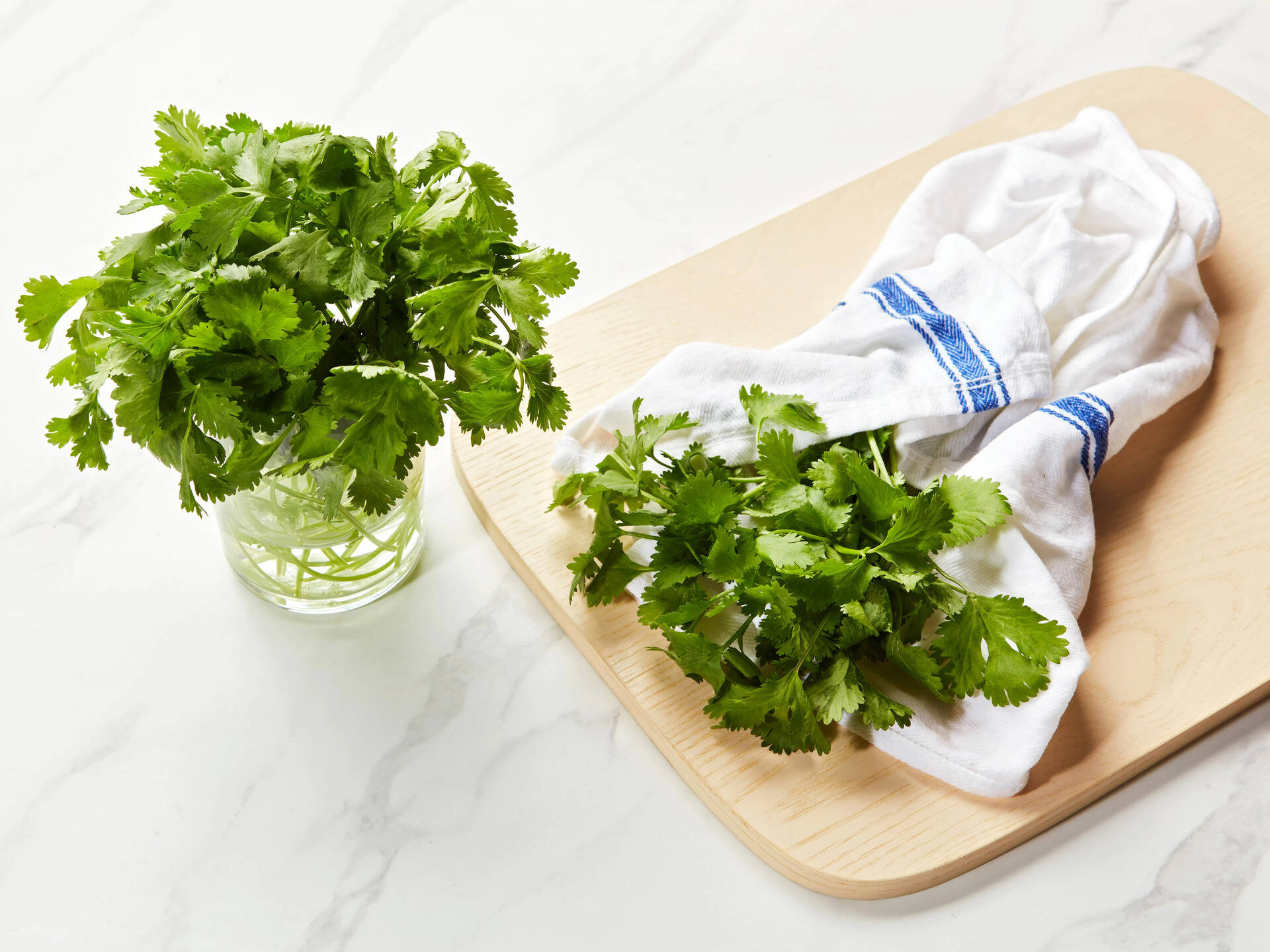
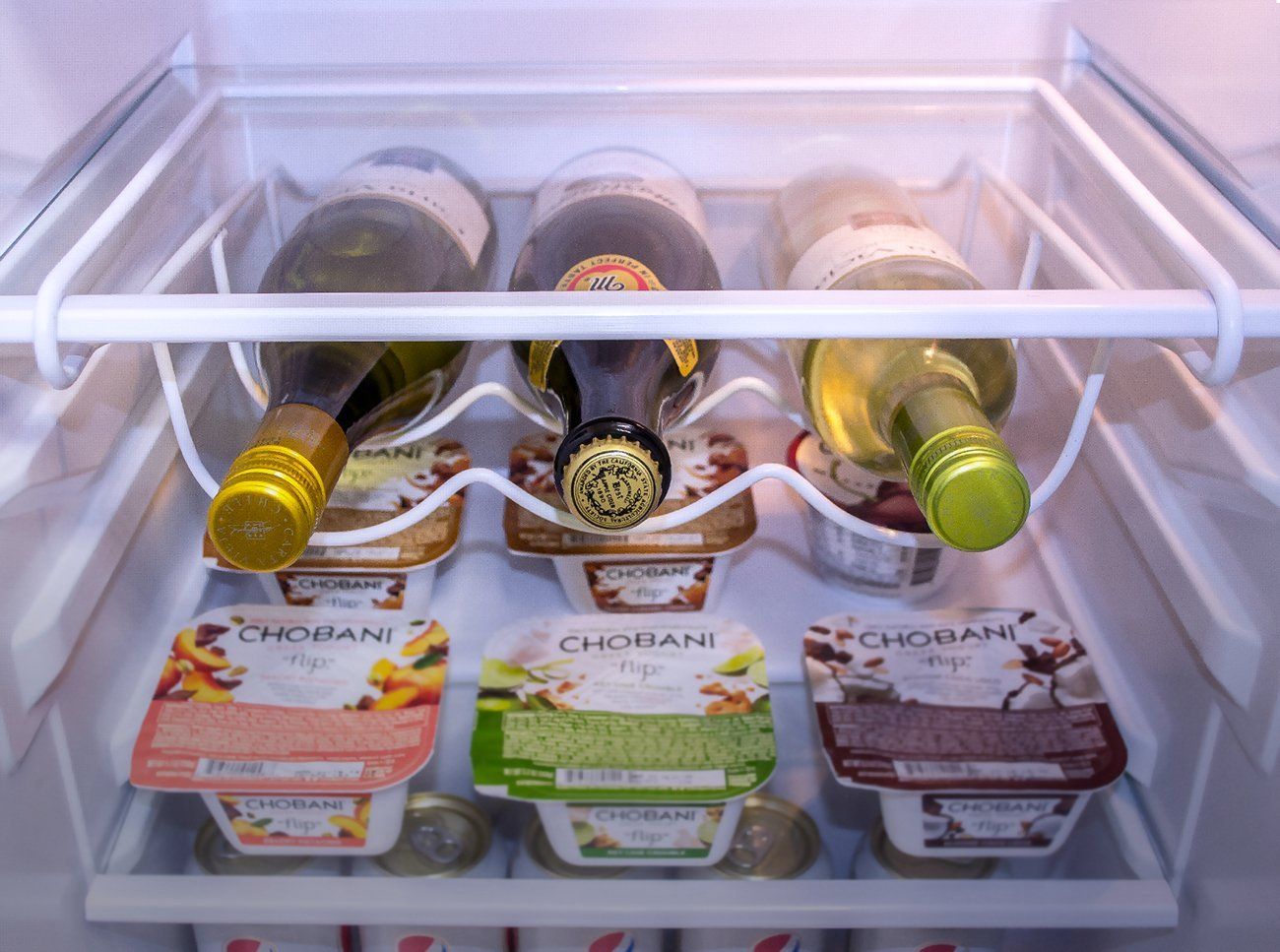

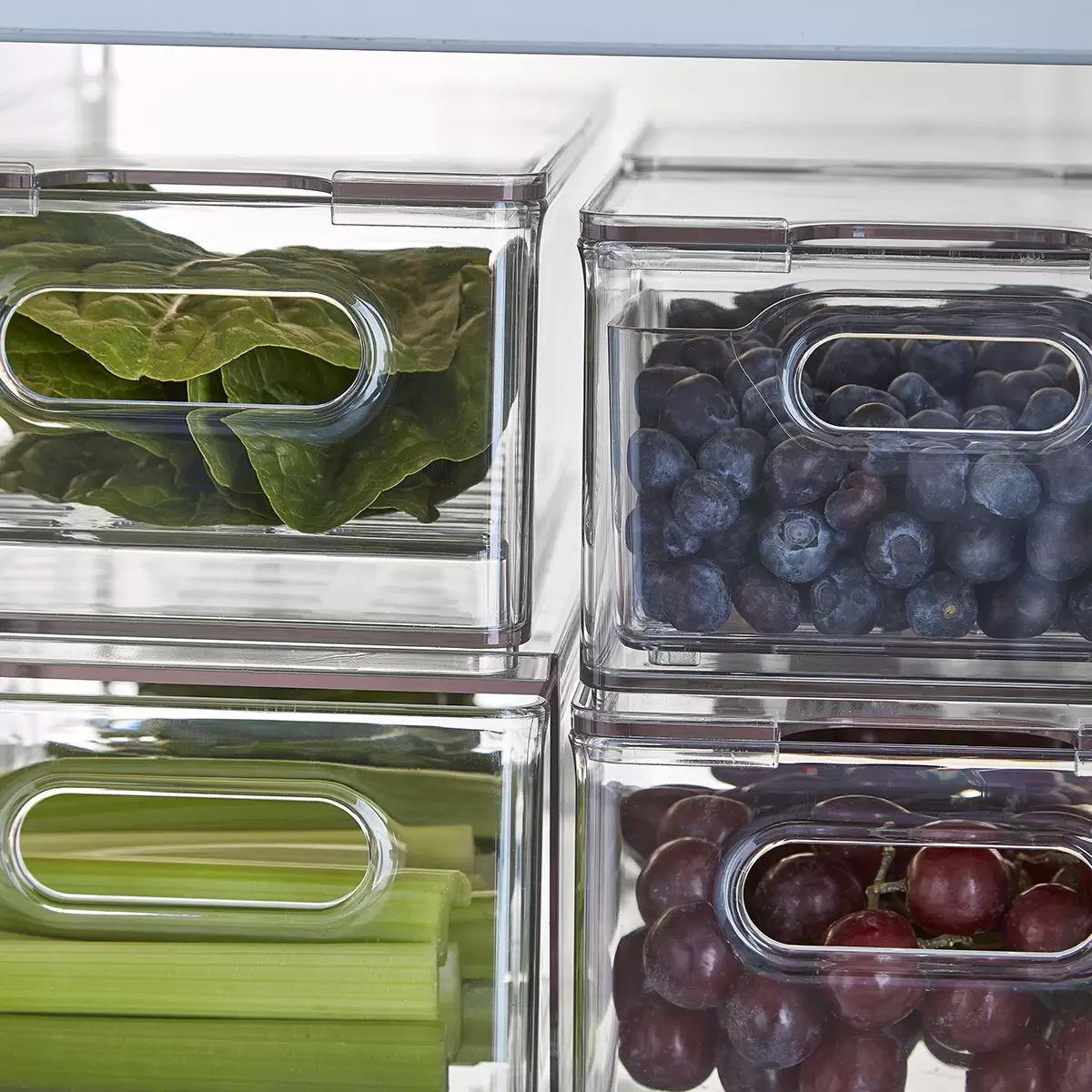
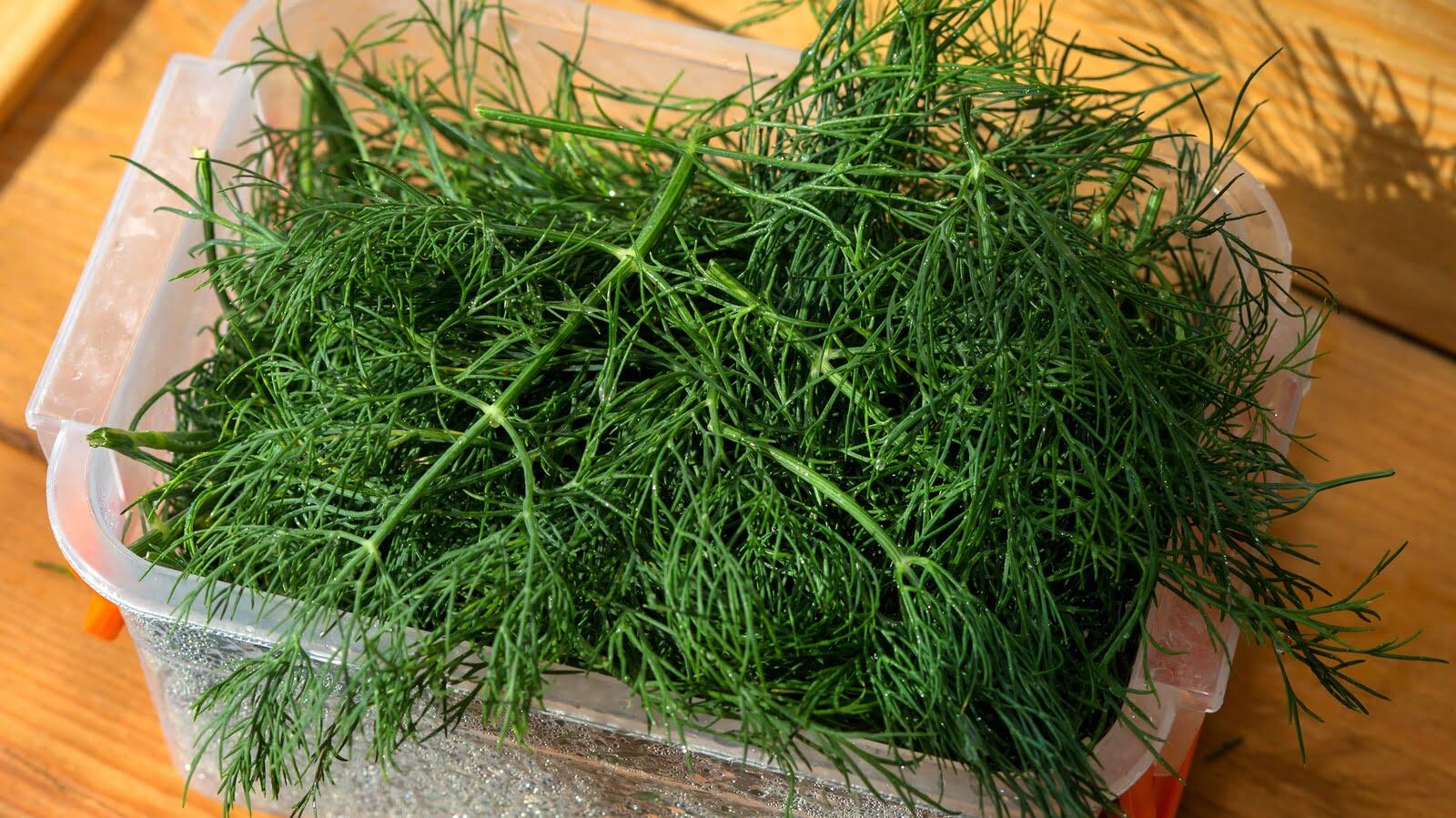
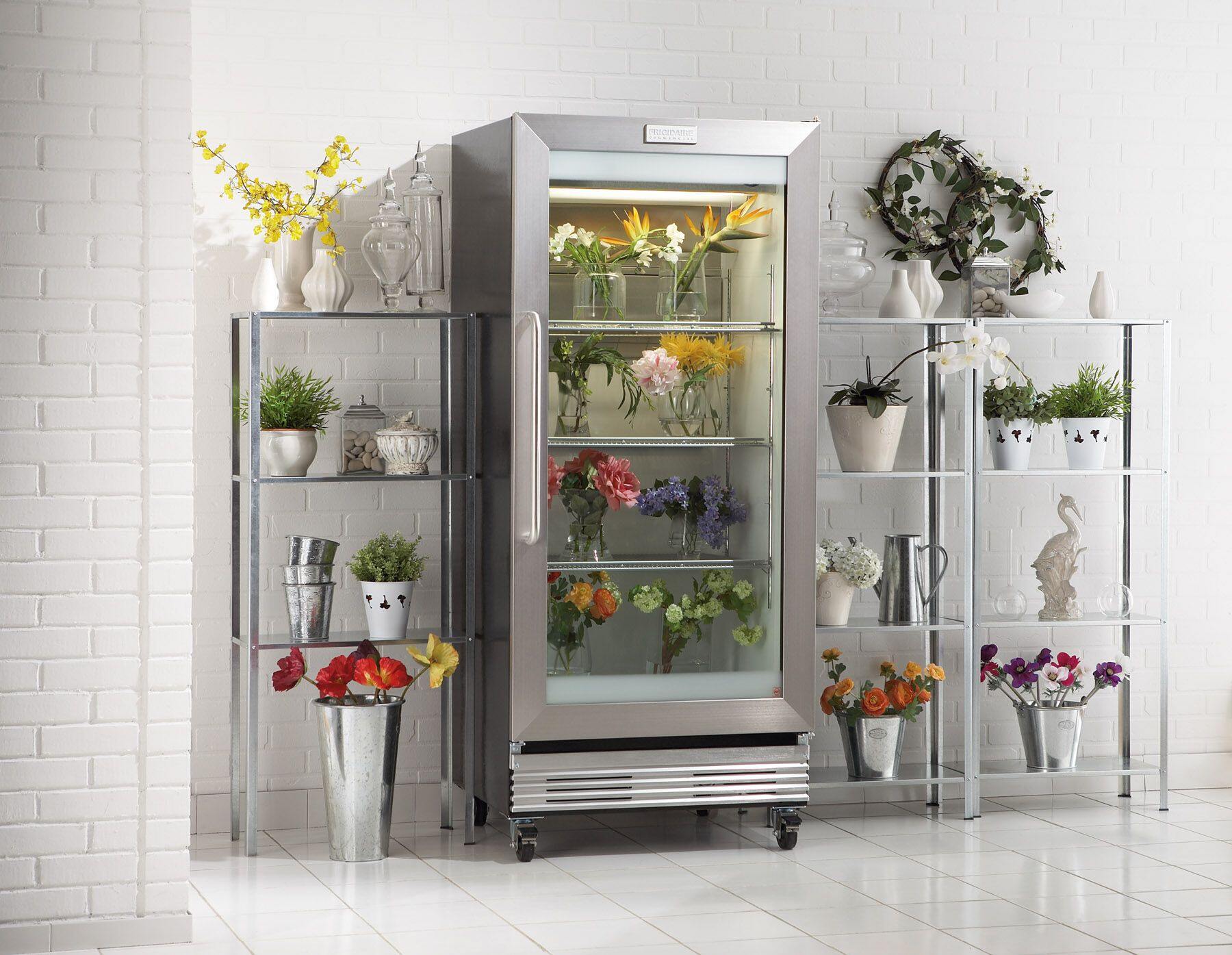
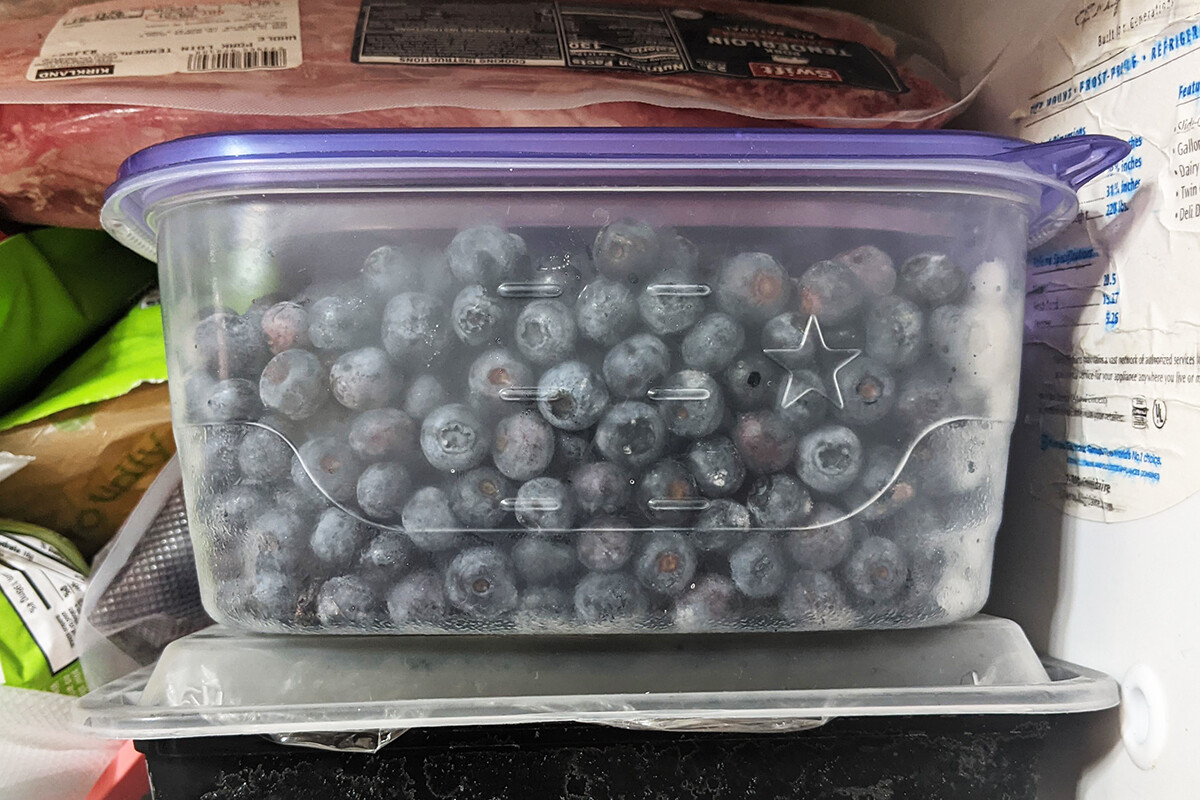
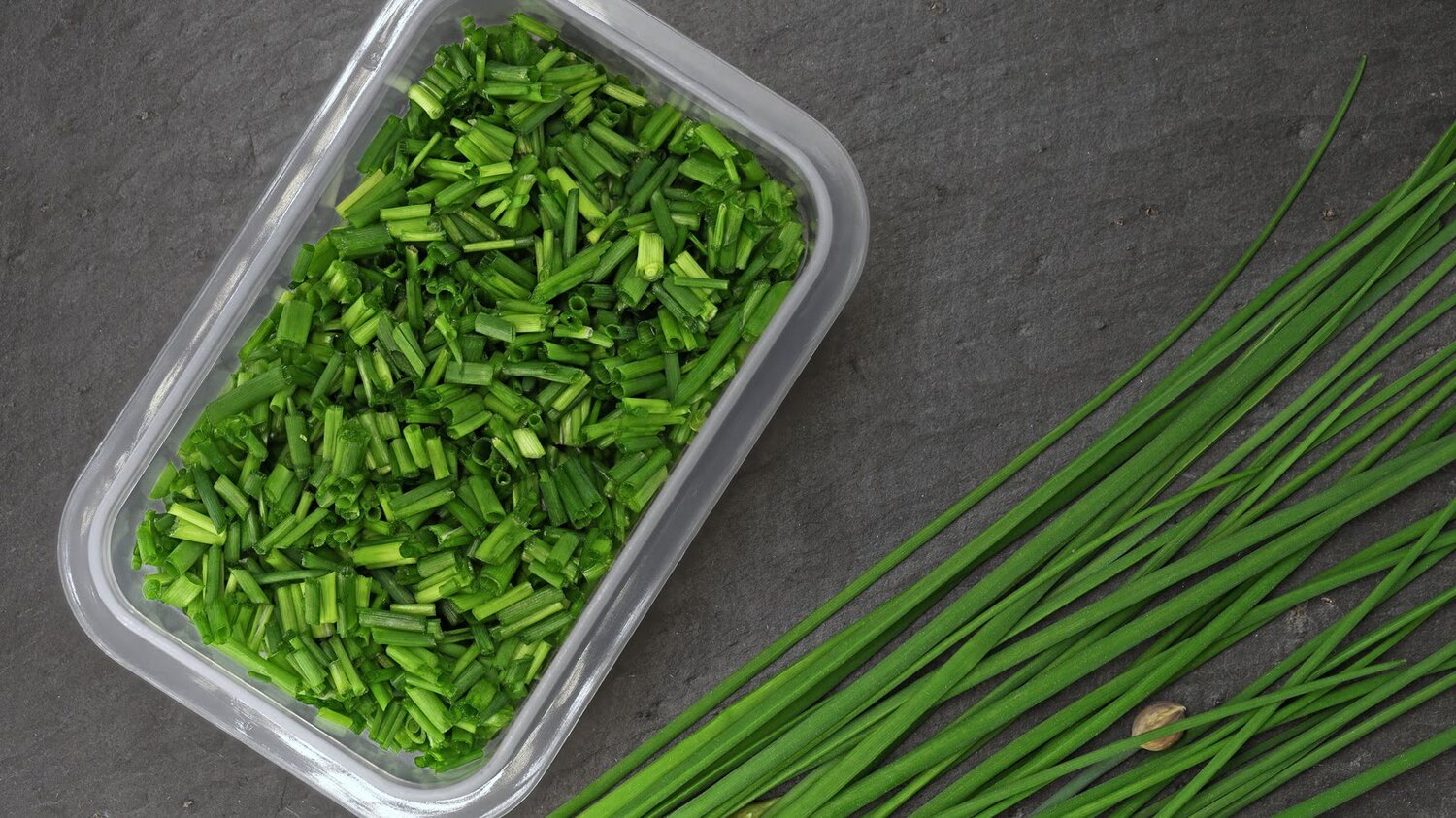
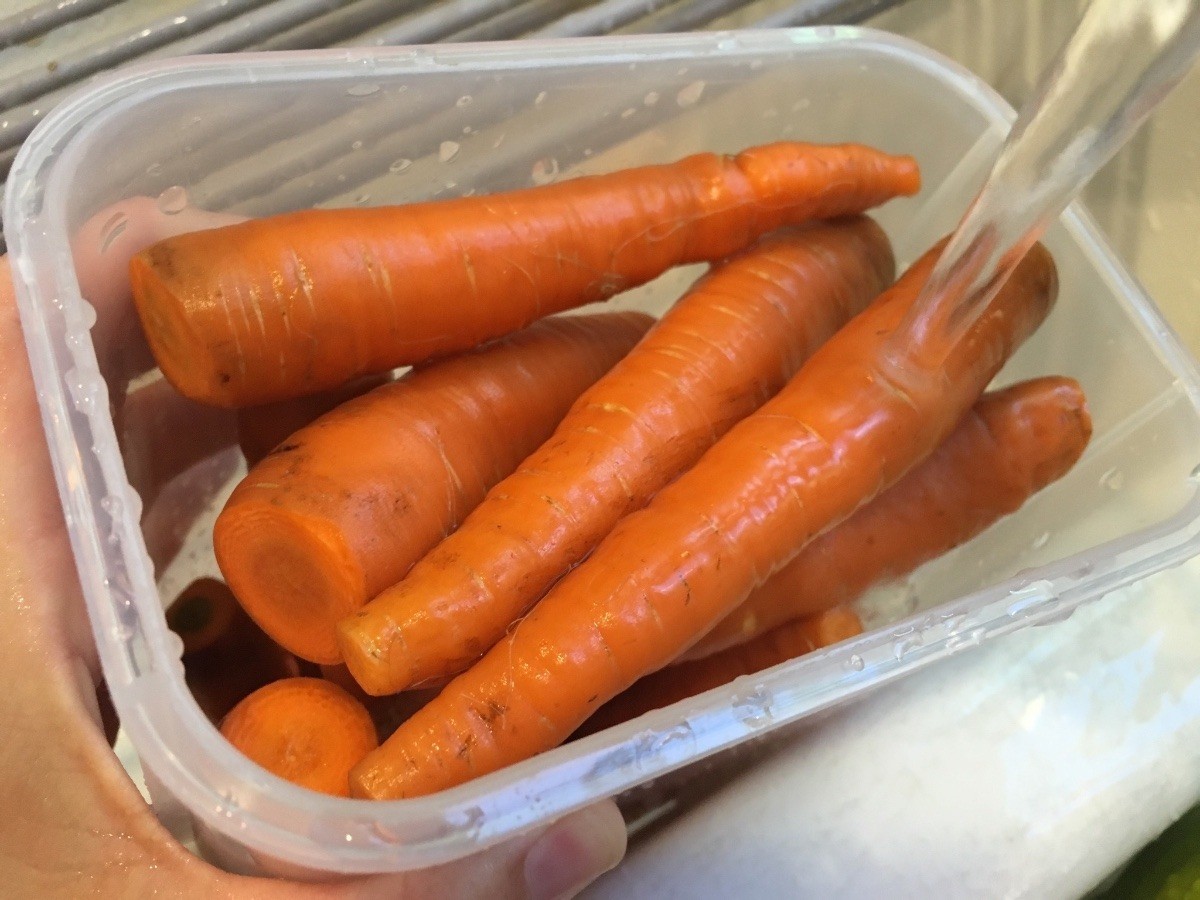
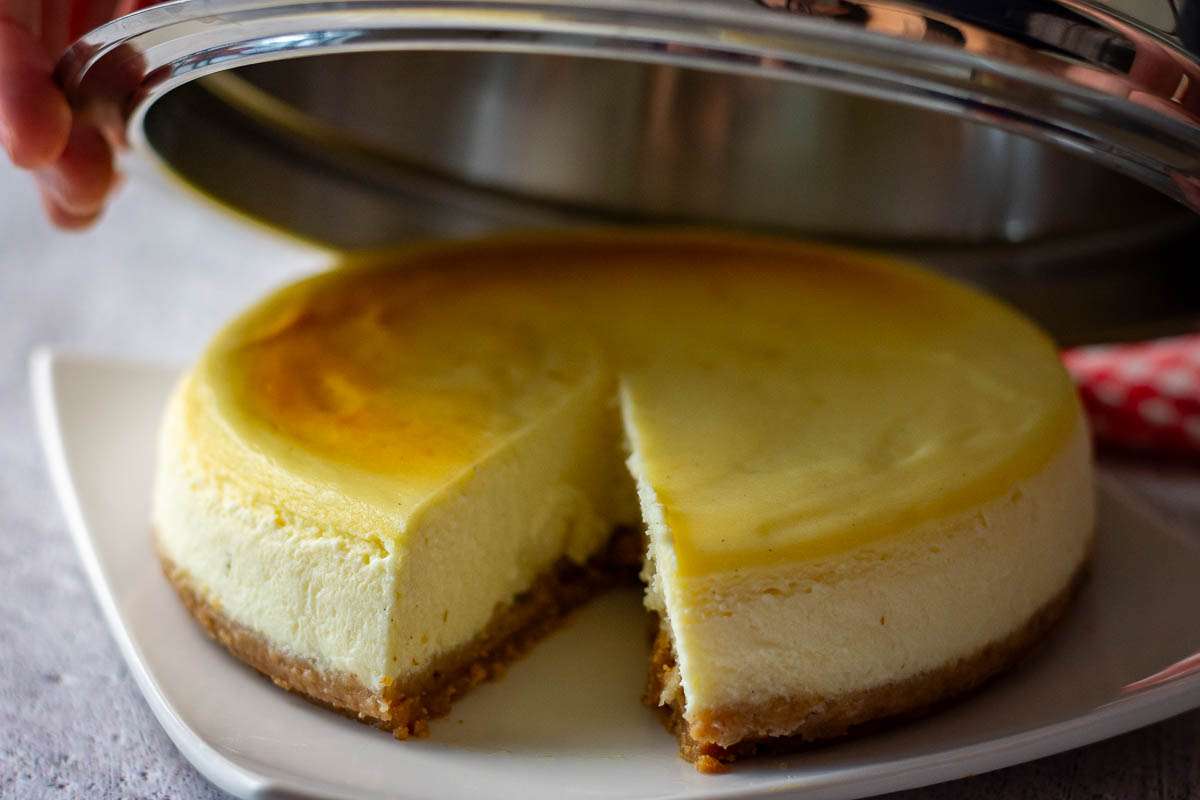
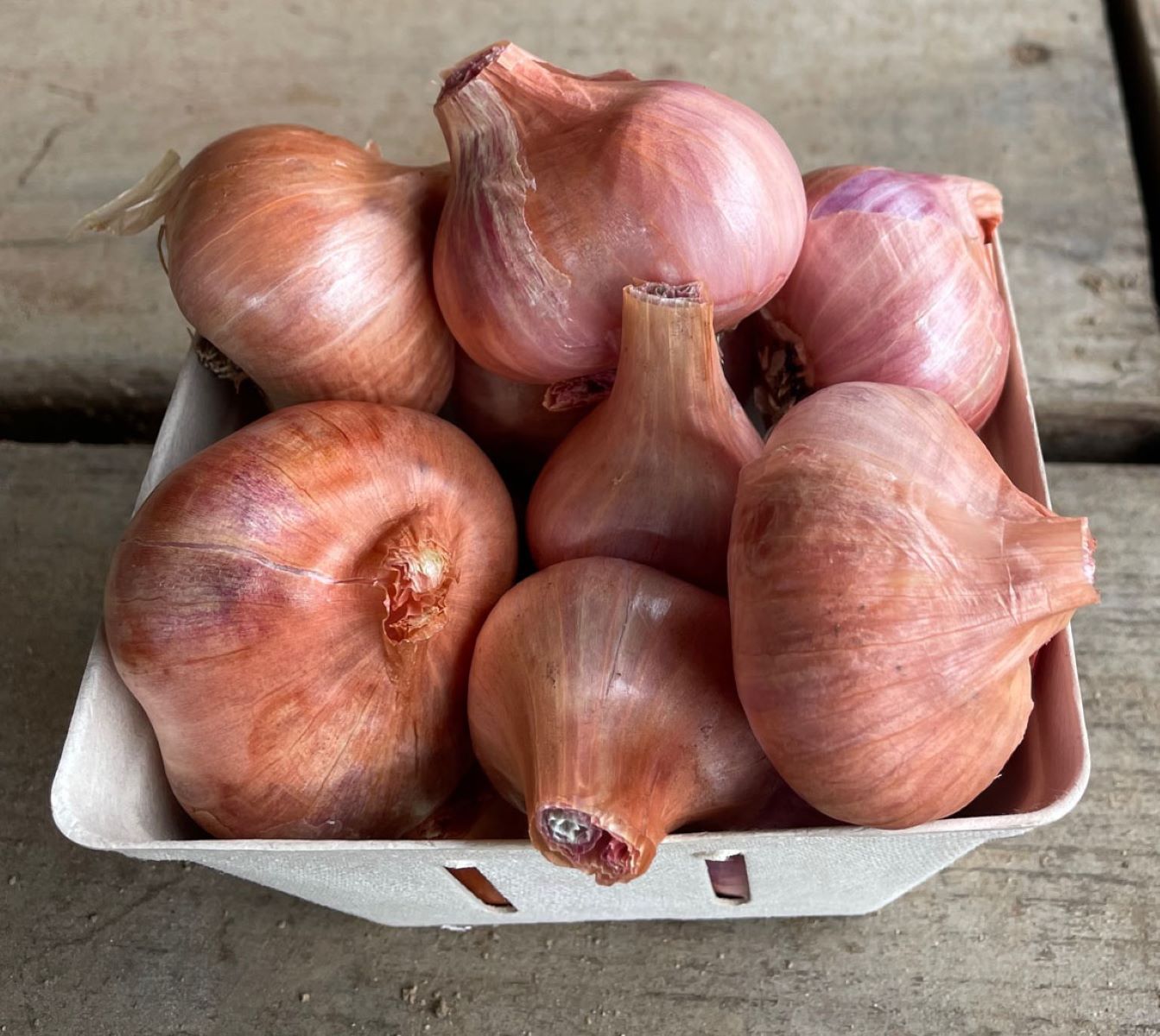

0 thoughts on “How To Store Wine In Wine Fridge”